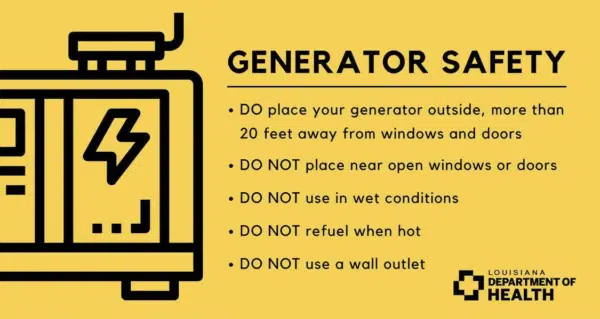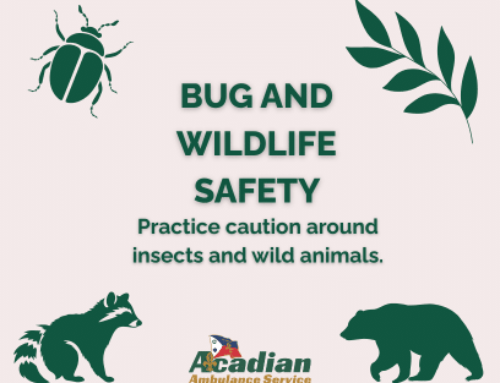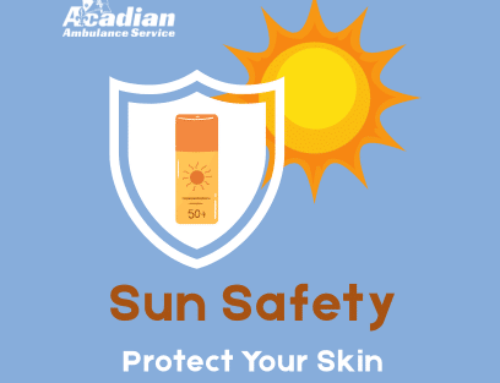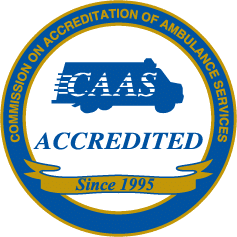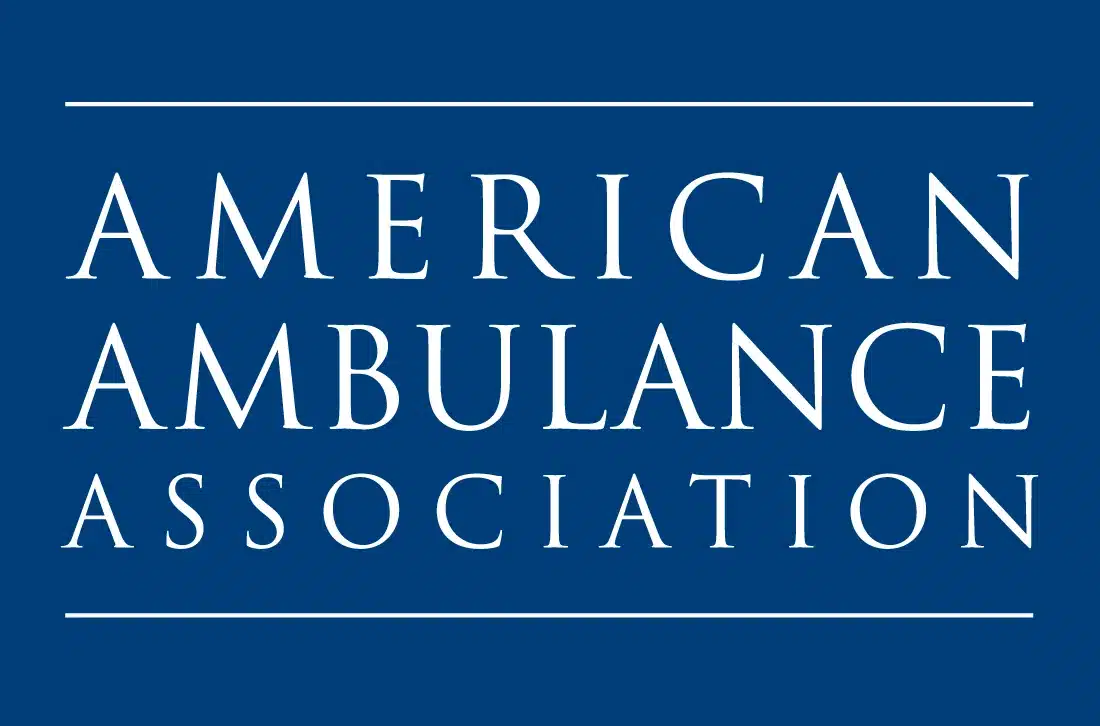When a hurricane or storm impacts an area and leaves residents without power, many turn to generator usage. Acadian Ambulance urges the public to always practice proper generator usage and safety.
- Never run a generator in an enclosed space or indoors.
- Always place the generator at least 20 feet from the house with the engine exhaust directed away from windows and doors.
- Look for any places air can enter into the home near your unit and ensure that those are properly closed and sealed off. This includes windows or doors, air intakes, nearby dryer vents or crawl spaces.
- Don’t connect your generator directly to your home’s wiring.
- Don’t plug a portable generator into an electrical outlet in your home or garage.
- Don’t run a portable generator in the rain.
- Give generators breaks that allow for any concentrated exhaust to clear away from the area. Open windows and doors during the break to air out any concentration that may have collected in your home.
- Before refueling, turn off a gas-powered generator and let it cool.
- Stock up on extra gasoline, but do not store it indoors.
- Have a carbon monoxide (CO) alarm installed in your home.
- Buy a generator with built-in CO safety technology.
- Check the manufacturing specs to verify the installation meets requirements.
- If there’s a concern that the installation standards have not been met, get an appropriate party, like the installer, out to inspect it.
- Ensure that your generator is being appropriately maintained, including regular oil changes.
Running generators inside or near a closed space presents a serious danger of carbon monoxide poisoning.
Carbon monoxide is a colorless, odorless, tasteless gas. Improperly ventilated appliances and engines, including generators, particularly in a tightly sealed or enclosed space, can allow carbon monoxide to accumulate to dangerous levels. Having a working carbon monoxide detector in your home is extremely important.
Signs and symptoms of carbon monoxide poisoning may include:
- Dull headache
- Weakness
- Dizziness
- Nausea or vomiting
- Shortness of breath
- Confusion
- Blurred vision
- Loss of consciousness
Carbon monoxide poisoning can be particularly dangerous for people who are sleeping or intoxicated. People may have irreversible brain damage or even die before anyone realizes there’s a problem.

